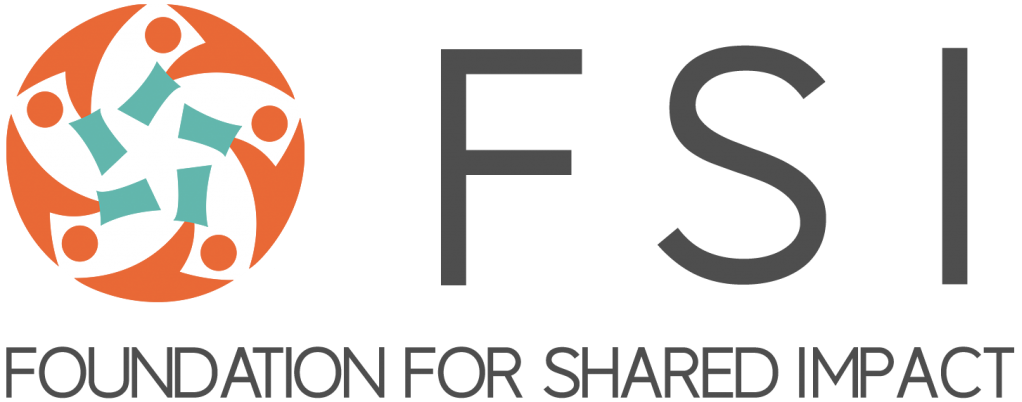“Good content isn’t about good storytelling. It’s about telling a true story well.” – Ann Handley
For regular readers of Brace for Impact, the topic of marketing may seem like a surprise departure from our normal content. But marketing and advertising are two of the key elements shaping society, altering the way we collectively understand, evaluate, and then act upon critical social issues. Across the world, hundreds of billions of dollars are spent every year on advertising, and in developed countries like the US, people are exposed to 4,000-10,000 ads every day. The incessant, bombarding nature of these messages has great influence both on how we see ourselves, and how we view the world around us.
Marketing has been responsible for many of our most damaging consumption habits, whether the use of unsustainable products, the overindulgence in unhealthy foods, or vice products, like tobacco and alcohol. Additionally, marketing has been proven to have a significant detrimental impact on our personal aspirations, including the way we perceive ourselves and our bodies. More recently, marketing has heavily influenced national elections, raising concerns about the power of using platforms like Facebook to target advertisements in ways never considered before.
But what about charities, social businesses, and other social impact programs – are they exempt from these principles or activities? Can their messaging, even when focused on social impact, create or perpetuate stigmas, problems, or discrimination?
Marketers are often criticized for pushing people to buy things that they do not need with money they do not have. But marketing can serve a vital purpose, educating people about better and more efficient products and services that can advance society. Then what constitutes “ethical” marketing? The principles that guide the industry consist of an amalgamation of laws and moral principles based on on three core perspectives.
The first is a value-oriented perspective, which largely aims to promote values like honesty, transparency, fairness, privacy, and responsibility in marketing. The second is a stakeholder-oriented perspective, which analyzes who is targeted or affected by the messaging, e.g., vulnerable consumers (like children or the elderly) or competitors. The third is a process-oriented perspective, which considers the tools used in marketing efforts, e.g., promotions, research, product placement, etc.
To summarize, whether marketing is ethical largely depends on the moral values behind the message, the target audience, and what tools are used to influence that audience.
Corporate Responsibility
All companies, regardless of their size, have a responsibility to recognize the outsized influence of marketing and ensure their practices are ethical. At the very least, they must avoid questionable marketing tactics and be mindful about these marketing ethics issues:
-
Deception: Making false claims or claims that aren’t entirely true to promote brand loyalty and encourage consumers to buy potentially harmful products or services.
-
Pricing: From price fixing, bid rigging, price discrimination to price gouging, the fact that producers or service providers are the ones controlling the products and processes means that there is always a potential for unethical pricing strategies.
-
Marketing research: Protection of respondents’ privacy and rights and ensuring no conflicts of interests exist must play a fundamental role in the research process.
- Target marketing: Targeting vulnerable groups, such as children, the elderly, minorities.
One of the hottest trends in marketing is the use of social impact to sell products and services. Companies now spend billions to tell consumers how healthy, sustainable, or ethically superior they are. And while this is largely a positive trend, there are plenty of bad examples to draw from, like the Volkswagen emissions scandal, or when Samsung was sued for for exaggerating their labor standards. Customers have become weary of corporate “greenwashing” and dubious claims, which can leave us unsure about the authenticity even of corporate philanthropic and service efforts. Even the fact that almost all CSR funding comes from corporate marketing budgets has led some to question the very nature of CSR programs.
Marketing Social Impact Programs
Charities, social businesses, and other social impact programs are not exempt from marketing ethics principles, and often run afoul of ethical standards. For these organizations, marketing is important, not just to raise awareness of their cause, but also to communicate to donors and consumers how their money is spent, and to share their positive impact with the wider public. This heavy emphasis on evidencing impact can often lead to organizations hiding negative outcomes, distorting impact numbers, or other non-transparent and dishonest practices.
But just as important as the content is the way it is conveyed. Transparent marketing that portray people with dignity and respect can bring greater financial resources and supporter base in an increasingly competitive fundraising environment. Unfortunately, too many social purpose organizations instead perpetuate stereotypes and exploit their beneficiaries. Below are some of the common ways this happens.
Poverty Porn
Photo Source: ipemdx2014
All of us have seen charity promotions highlighting poverty-stricken children with flies buzzing around their head. Marketing content that exploits the condition and suffering of the poor to generate emotional response and financial gains is called “poverty porn”. Not only does it do little to address real structural problems, poverty porn empowers the wrong persons by making donors the saviors.
By using stereotypes in impact reports and advertising campaigns, charities are perpetuating their portrayal of underprivileged people as lacking in agency and potential. This is particularly damaging when it reinforces and perpetuates racial stereotypes. To quote Theo Sowa, chief executive of the African Women’s Development Fund: “When people portray us as victims, they don’t want to ask about solutions. Because people don’t ask victims for solutions.”
One of the most damaging features of poverty porn-style marketing is that it simplifies and misinterprets challenging problems, leading people to think that they are solvable by simple solutions such as donations. This gives donors an easy way out, “buying” themselves out of responsibility or shame for any potential responsibility for the problem. Instead of feeling compelled to dig deeper to learn more about the issue, people are left with the impression that charity alone can end a problem whose eradication requires deeper understanding and structural changes. An example of this relating to the issue of climate change is Rainforest Alliance’s “Follow the Frog” advertising campaign. In it consumers are effectively told that they can solve rainforest deforestation simply by purchasing the “right” products.
To be sure, compelling storytelling can be a great tool to help people understand a charity’s mission and drive social impact. But it should not trivialize people’s lives and the long-term prospects for social change, nor should it oversimplify complex problems that require collective action.
Admitting Failure
Admitting failure is hard, because it is embarrassing, and many see it as a sign of weakness. But anyone who has ever devoted time and energy to solving a problem would know that mistakes are inevitable, even essential. If we don’t know what doesn’t work, how can we know what does?
That is an important lesson learned and shared by international development charity, Evidence Action. One of its projects, “No Lean Season”, was an innovative pilot program aimed at helping families affected by seasonal poverty in rural Bangladesh. When small trials showed positive results, Evidence Action decided to invest in scaling the program, expanding its reach from 82 villages in 2016 to 699 in 2017.
To assess the program’s effectiveness, Evidence Action participated in a randomized controlled trial (RCT), and the results were disappointing. What the charity did afterwards was unthinkable to many: it admitted failure and terminated the program, believing that “resources should be directed to what works most effectively to improve opportunities for the world’s poor”.
However, not all non-profits or charities can afford to be forthcoming about their failures. For charities that have only one project, negative results could lead to donors’ loss of faith, and eventually could mean that the charities will have to shut down.
Believing a paradigm shift is necessary in the ways that civil society views failures, some members of Engineers Without Borders Canada launched the annual Failure Report in 2008. Three years later, they founded Admitting Failures, a community that encourages new levels of transparency, collaboration, and innovation through the sharing of failure stories across the for-purpose sector.
If you were to share a failure story of ethical marketing from your organization or social business, what would it be?
We’re also reading…
- This tech giant is making generous contributions to climate change deniers despite its public calls for climate action.
- A non-profit is helping American chicken farmers become hemp farmers because the meat industry is hurting the farmers too.
- The new role of leaders today is that of a coach who can create a true learning organization.
- In the past five years, more than 2,500 physicians in the United States have received at least half a million dollars each from drugmakers and medical device companies.
- Social media platforms have enabled false stories to reach people faster than true stories do, and they are causing harm to democracy.
Got a social business idea? Meet us at our coworking space, “Peak Impact”, or get in touch with us!




